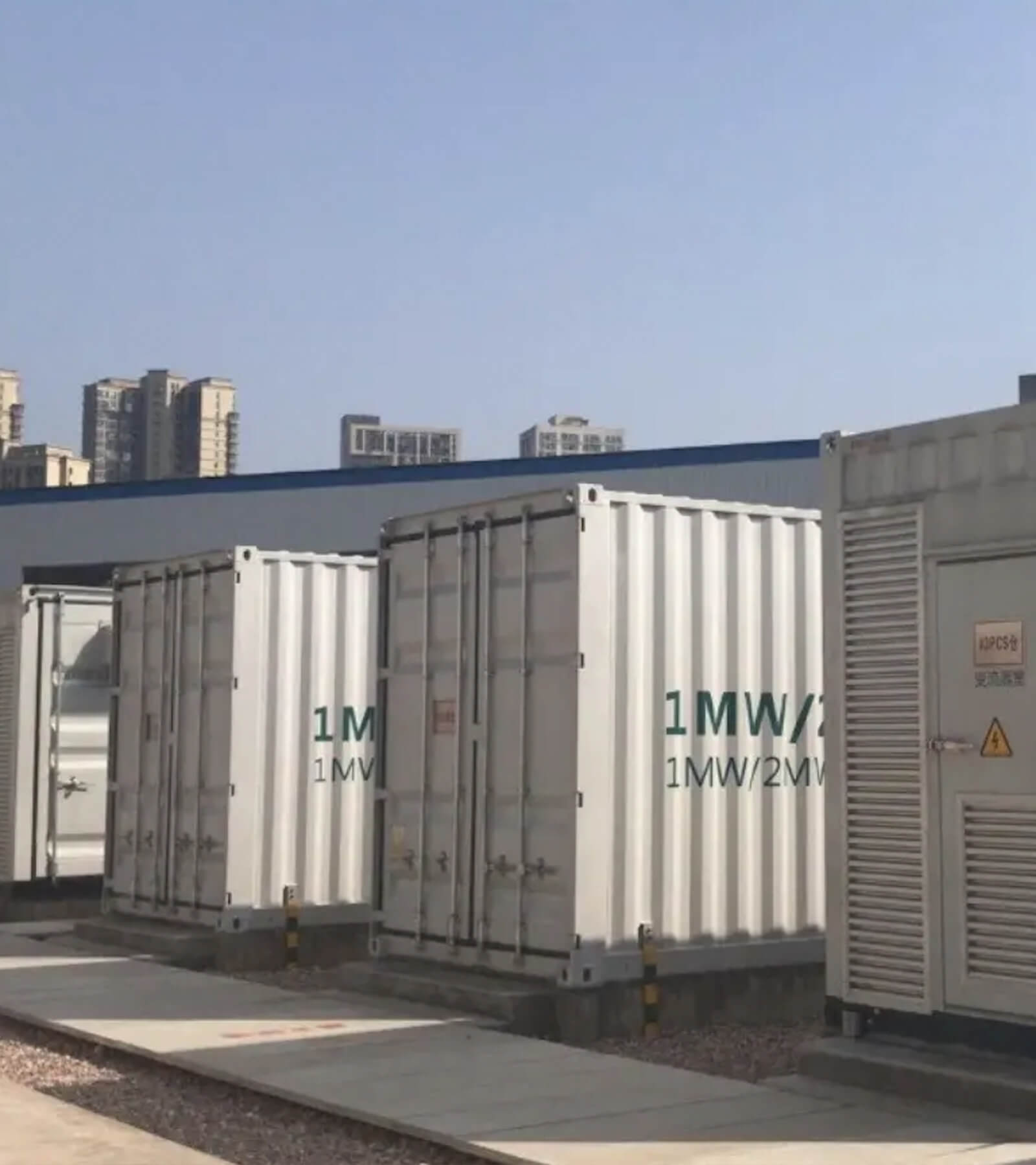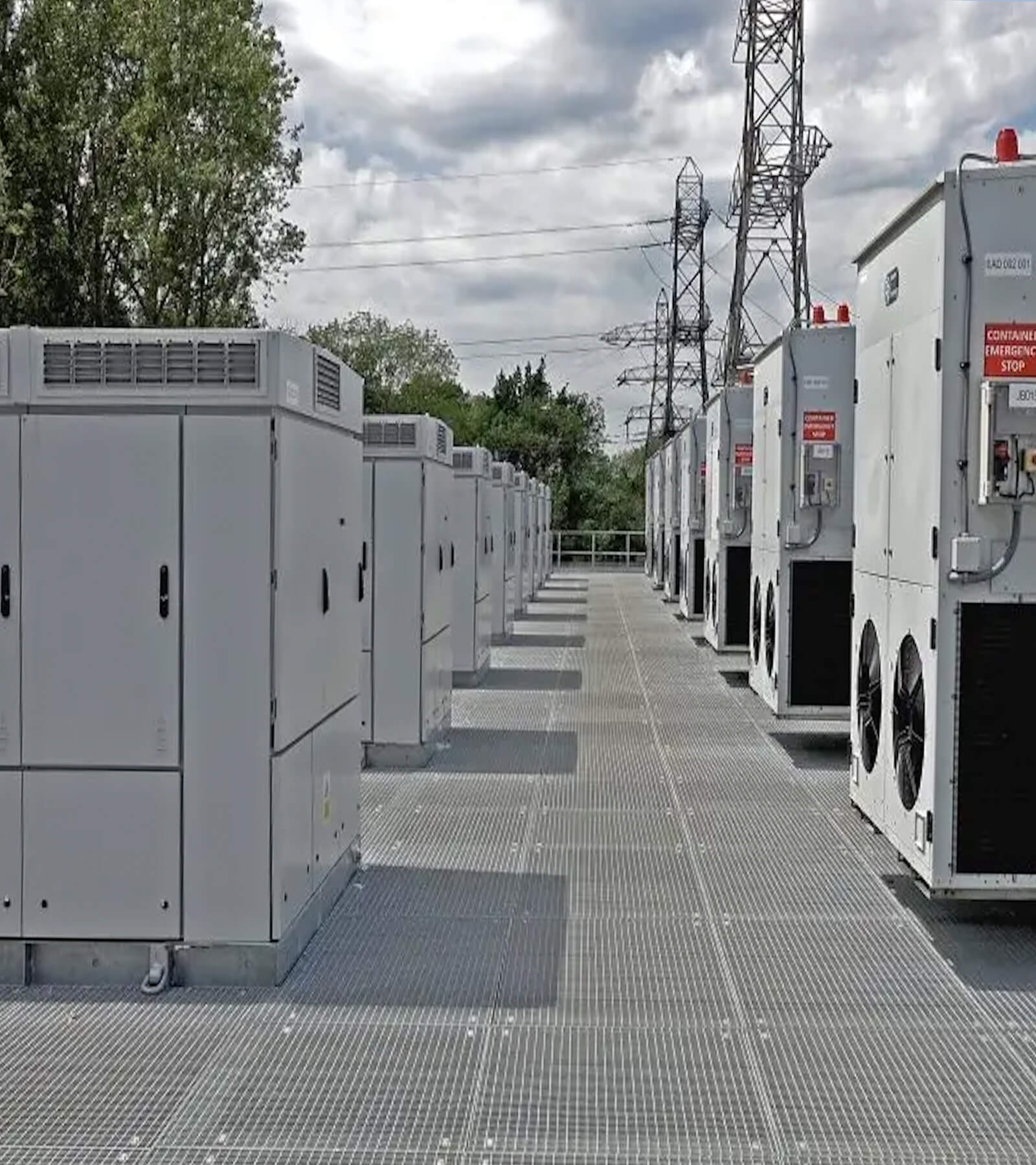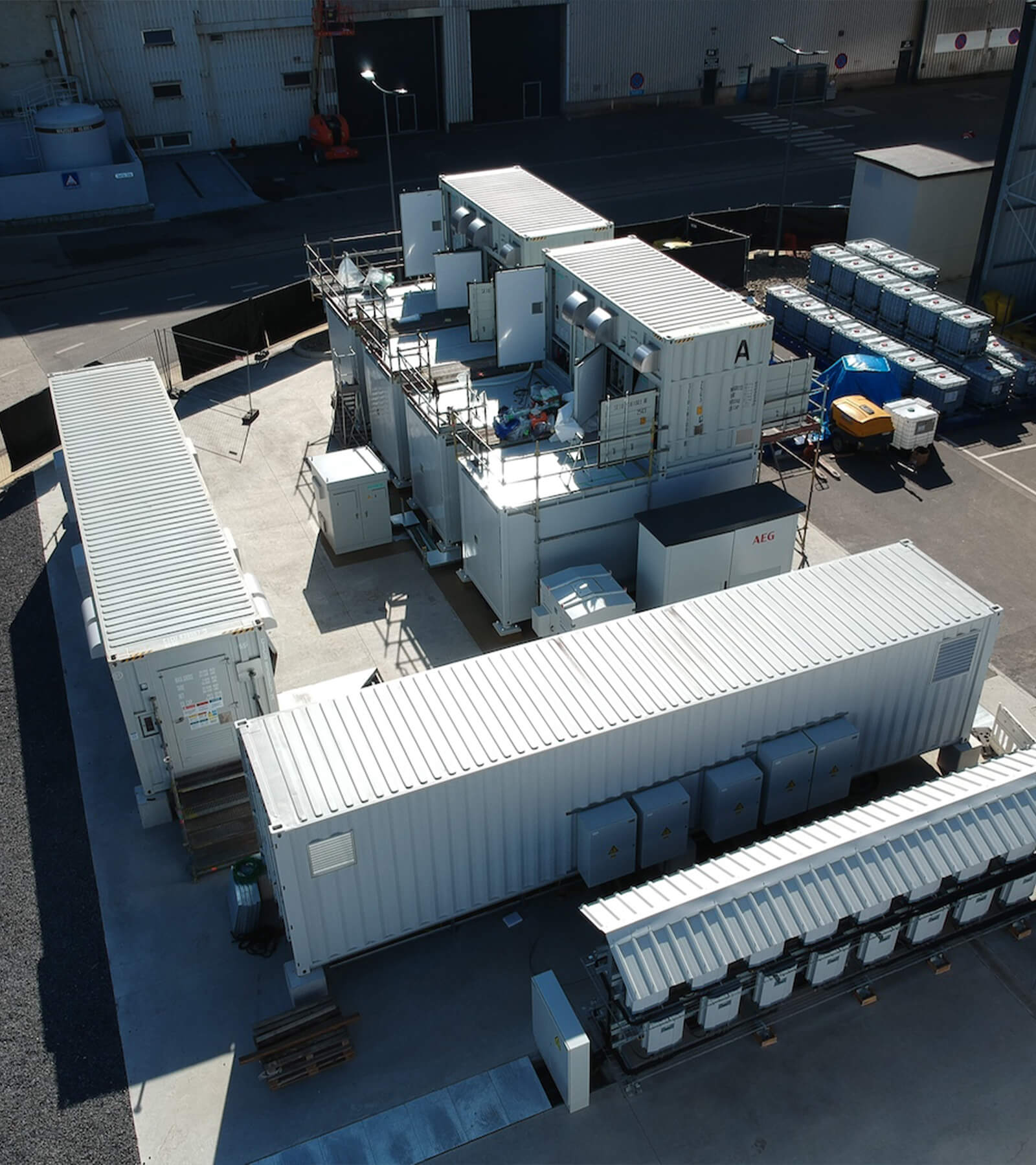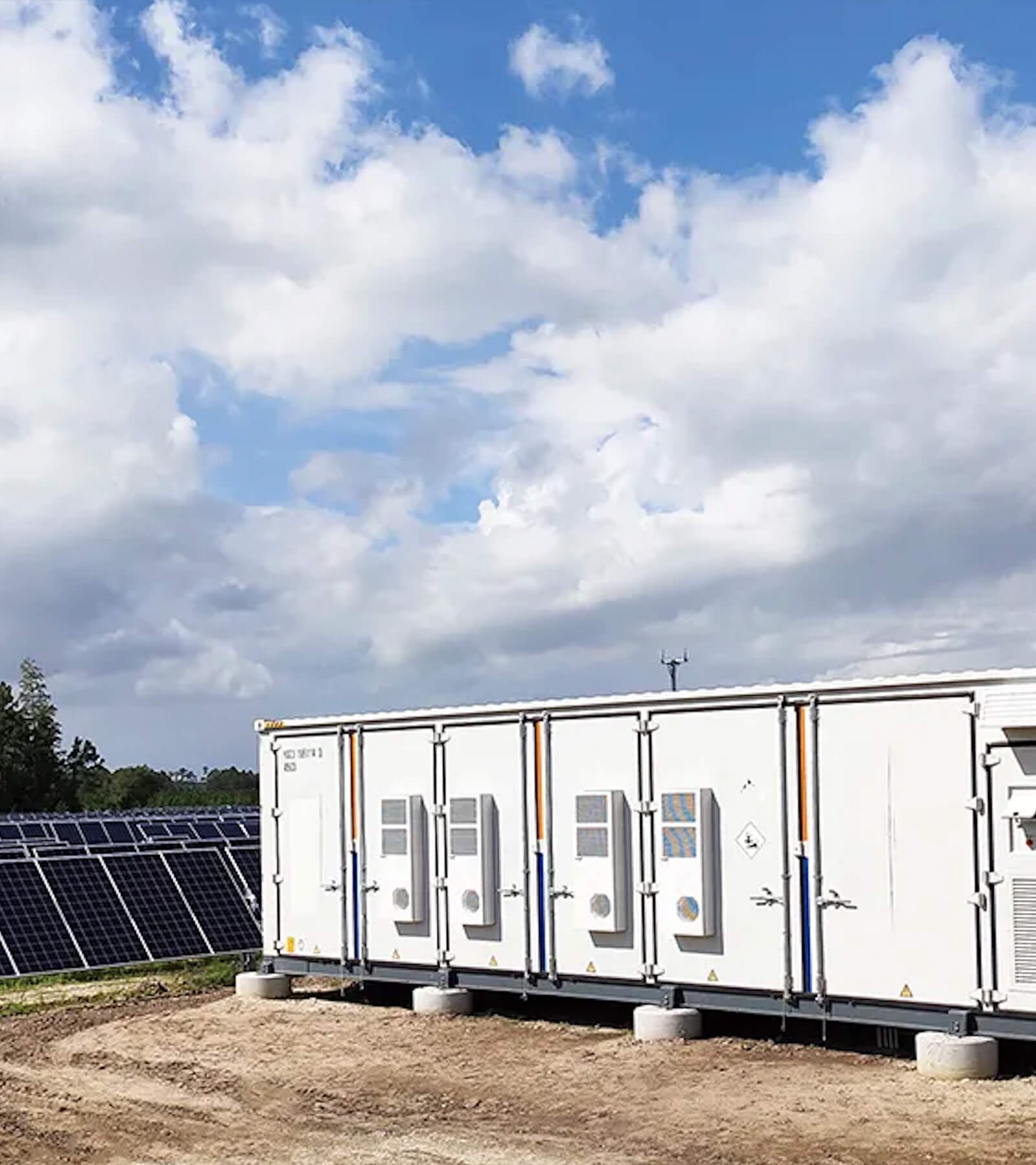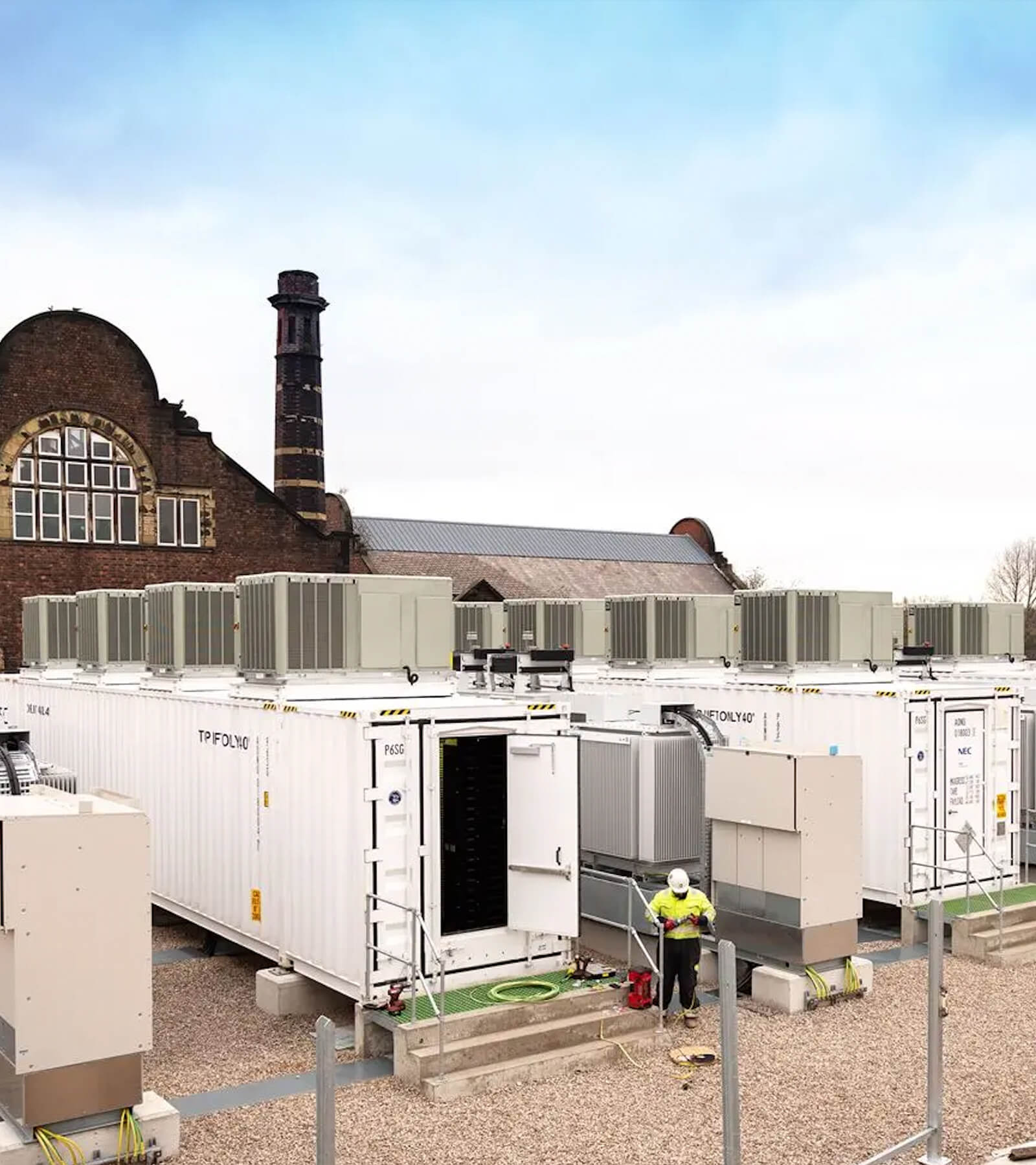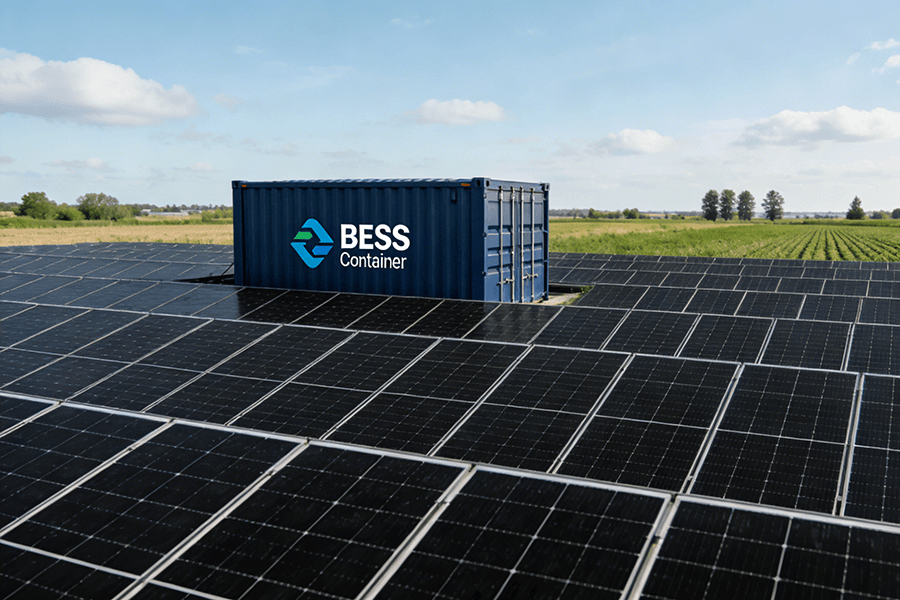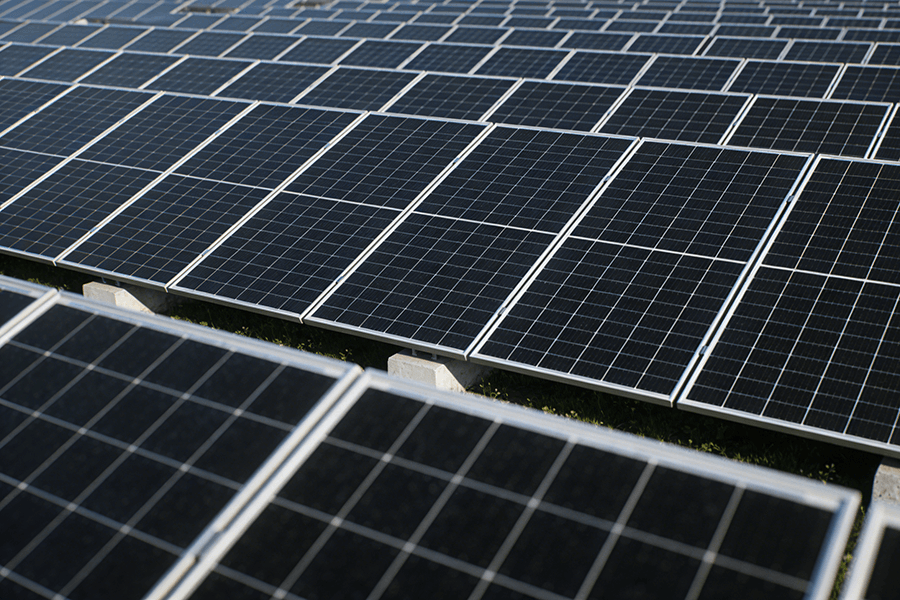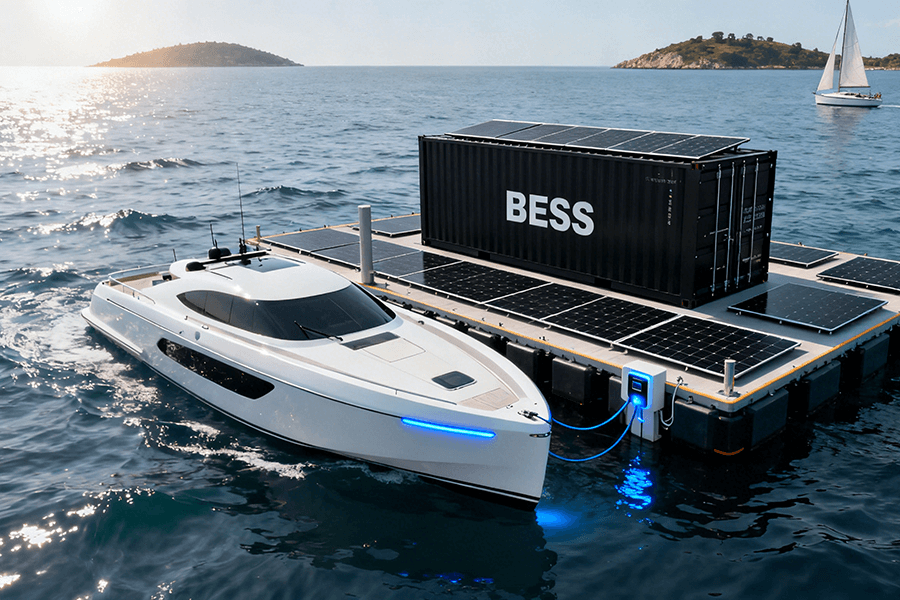Commercial Rooftop Solar systems involve intricate planning and execution. As a one-stop solar solution provider, Maxbo specializes in ensuring that every step—from installation to warranty compliance and structural evaluations—is handled with precision. This article delves into the technicalities of mounting methods, roof warranty safeguards, and load assessments tailored for European markets.
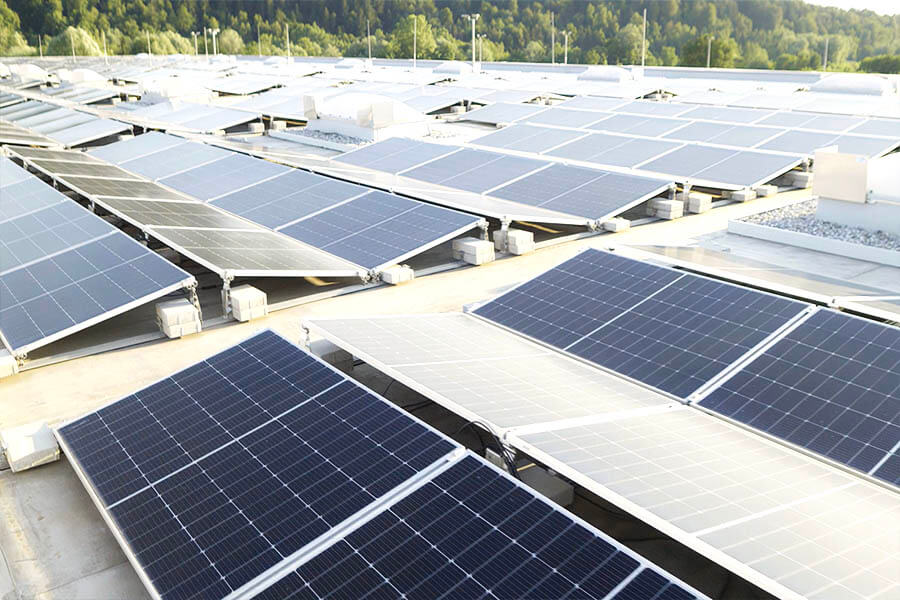
Installation Methods for Commercial Rooftop Solar Systems
Mounting Systems by Roof Type
1. Single-Ply Membrane Roofs (e.g., TPO, PVC, EPDM)
- Ballasted Systems: Weights secure the solar panels without roof penetration, preserving membrane integrity. These systems typically add 3-5 psf (pounds per square foot) of load. (solarpowerworldonline.com)
- Mechanically Attached Systems: Minimal penetrations with advanced sealing ensure waterproofing, suitable for regions with high wind loads.
2. Metal Roofs (e.g., Standing Seam, Corrugated Metal)
- Clamp-Based Mounts: Non-penetrative clamps secure panels directly to standing seams. This method minimizes roof alterations and supports up to 10 psf.
- Hanger Bolts: Ideal for corrugated roofs, these are combined with L-foot brackets for stability. Proper sealing around penetrations is crucial to prevent leaks.
3. Flat Concrete Roofs
- Ballasted or Fixed-Tilt Systems: Panels can be anchored or weighted down, with fixed-tilt options optimizing panel orientation for sunlight.
- Load Impact: These systems generally add 4-6 psf, requiring robust structural assessments.
4. Green Roofs
- Elevated Mounting Systems: Panels are elevated above the vegetation layer, allowing for growth and maintenance. Additional weight of 10-15 psf must be accounted for.
Key Factors in Choosing a Mounting System
- Wind and Snow Loads: European countries like Germany require compliance with local standards, such as Eurocode 1, to account for snow and wind loads.
- Roof Slope and Orientation: South-facing roofs maximize sunlight exposure in Northern Europe, increasing energy output by up to 20% compared to flat or poorly oriented roofs.
Roof Warranty Considerations
Protecting Your Roof During Solar Installation
- Warranty Compliance: Before installation, review the roof’s existing warranty to identify any clauses related to alterations. Engaging with your roofing manufacturer ensures compatibility with warranty terms. (pisgahenergy.com)
- Approved Installers: Choose certified solar installers, like Maxbo, to prevent voiding warranties due to improper installation.
Common Warranty Challenges
- Penetrative Systems: Improper sealing of penetrations can lead to leaks, voiding the warranty. Use advanced flashing techniques and materials to mitigate this risk.
- Load-Related Issues: Exceeding the roof’s load capacity during installation can result in structural damage, affecting both performance and warranty.
Structural Assessments: Ensuring Safety and Longevity
Load-Bearing Capacity Evaluation
- Dead Load vs. Live Load:
- Dead Load includes static weights like roofing materials and solar panels. Solar systems typically add 3-10 psf.
- Live Load accounts for temporary weights, such as maintenance personnel and snow. European regulations often mandate live load capacities of 25-30 psf.
- Example Calculation:
- A 100-panel system (50 pounds/panel) with a ballasted mounting adds 5,000 pounds to the roof. Spread across a 2,000 sq. ft. area, this equals 2.5 psf. Ensure the roof’s maximum allowable dead load accommodates this addition.
Tools and Techniques
- Thermal Imaging: Identifies potential weak points in roof insulation or structure.
- Finite Element Analysis (FEA): Models structural stresses to predict load distribution and identify vulnerabilities.
Real-World Cases
- Case Study 1: A Danish commercial building with a single-ply membrane roof successfully supported a 200 kW system by employing ballasted mounts, adding 4 psf to its load.
- Case Study 2: A corrugated metal roof in Spain required clamp-based mounts to prevent penetrations, ensuring structural integrity and maintaining its 20-year warranty.
How Maxbo Supports Your Solar Journey
At Maxbo, we manage every aspect of commercial solar projects:
- Customized Assessments: Tailored evaluations for European climates and building codes.
- Comprehensive Installations: From L-foot brackets to advanced flashing techniques, our solutions are precise and warranty-compliant.
- Post-Installation Support: Maintenance packages include structural monitoring and system performance optimization.
Explore more about our services at Maxbo Solar.
Conclusion
Commercial rooftop solar installations require meticulous planning to ensure durability, warranty compliance, and optimal performance. With Maxbo’s expertise, businesses across Europe can confidently transition to solar energy, leveraging innovative solutions that maximize energy efficiency and structural safety.
Website: www.maxbo-solar.com
Email: [email protected]
Solar System Price for Home Solar System Price for Home Solar System Price for Home Solar System Price for Home Solar System Price for Home Solar System Price for Home Solar System Price for Home Solar System Price for Home Solar System Price for Hom
Solar System Price for Home Solar System Price for Home Solar System Price for Home Solar System Price for Home Solar System Price for Home Solar System Price for Home Solar System Price for Home Solar System Price for Home

